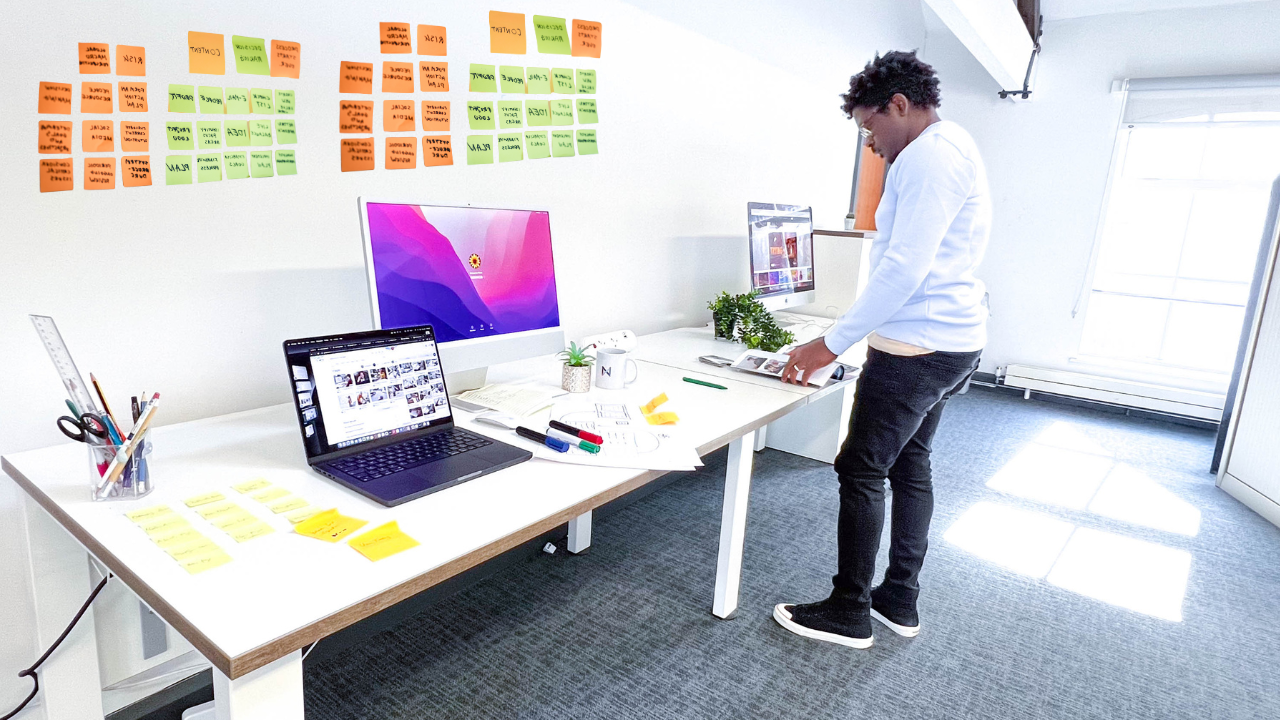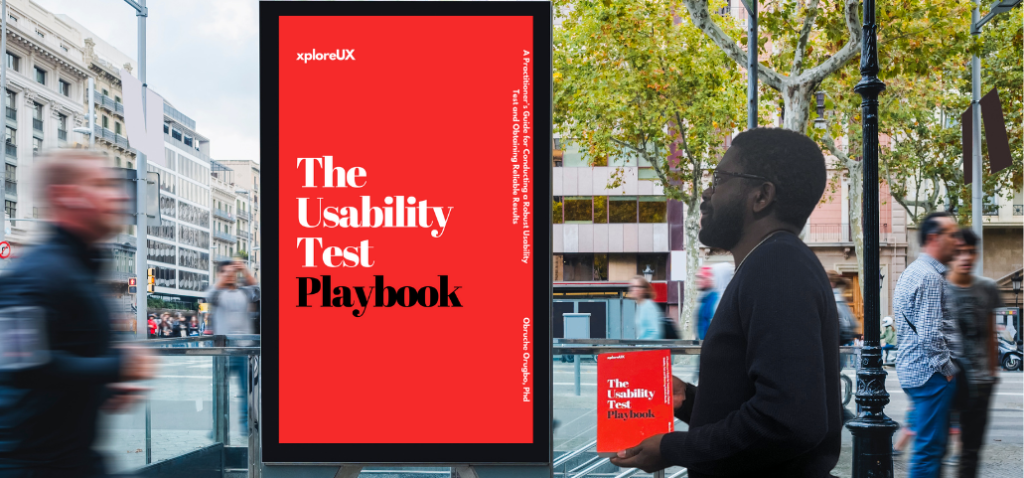
Building a startup can feel like building a rocket ship. You have this amazing idea, you’re pouring your heart and soul into it, but there’s always a nagging question: will anyone actually want to use it? User research is your secret weapon to answer that question and blast off into success!
Think of user research as talking to real people about the problems you’re trying to solve. It’s like having a team of super users whispering valuable insights in your ear. They’ll tell you if your idea solves a real problem, and how you can make it even better.
Imagine someone using your amazing app for the first time, but they get totally lost and frustrated. Yikes! User research helps you avoid that by testing your product with real people. You’ll see how they use it, where they get stuck, and what features they love (or hate!).
The best part? You don’t need a fancy lab or a huge budget to do user research. With a few simple steps, you can unlock the power of user insights and build a product that people will truly love.
It’s easy to get laser-focused on our brilliant ideas, but sometimes the market doesn’t quite see the same level of brilliance. User research helps you escape the echo chamber and chat with real people to see if they actually have the problem you’re trying to solve.
Tip: Ditch the fancy conference rooms and hop on a casual video call with potential customers. Ask them how they deal with this issue right now. Listen closely and take notes – their answers are gold! This will help you refine your concept to truly address a need and avoid building a product that ends up gathering dust in the digital graveyard.

Imagine someone using your product for the first time and getting totally confused. Not exactly the first impression you’re going for, right? Yikes! Usability testing helps you see how people interact with your product and identify any clunky bits that might cause frustration.
Tip: There are easy ways to test usability, even with a small startup budget. You can use something called “Nielsen’s heuristics” to check for common design pitfalls, or gather a group of potential customers to test your product and see how they navigate it. This will help you ensure your product is intuitive and user-friendly, keeping those precious new users coming back for more.

Keeping an eye on the competition is healthy – it’s not about copying, but about learning and innovating! User research can help you understand what your competitors are doing well, and where they might be dropping the ball. This can give you ideas for how to make your product even better and stand out from the crowd.
Tip: Run a usability test on your competitor’s product to see how it stacks up. This will not only show you where they excel, but also where you can shine! Maybe their onboarding process is clunky, or their interface is confusing – these are opportunities for your product to provide a smoother and more enjoyable user experience.

Sometimes, even the best plans need a tweak. The world is constantly changing, and so are user needs. User research helps you gather data from different sources, like customer support chats, social media comments, and surveys, to see if your product is hitting the mark.
Tip: Set up a system to track user feedback. This could be a simple spreadsheet or a dedicated tool. Regularly review this information with your team to see if there are any patterns or areas for improvement. Are there features users keep requesting? Are there parts of the interface that cause consistent confusion? By being data-driven and adapting to user needs, you’ll ensure your product stays relevant and valuable.

It all boils down to this: listen to your users! They’re the ones you’re building this for, after all. By talking to them, testing your ideas with them, and keeping an eye on their needs, you’re making sure you’re on the right track. Imagine it like this: happy users are like rocket fuel for your startup.
The more you listen and make adjustments based on their feedback, the higher and faster your startup will soar!
Think of it this way: if you build a product nobody actually wants or needs, it’s like building a spaceship that can’t fly.
User research helps you avoid that! It’s like having a map and compass to guide you in the right direction. You’ll be creating something people love to use, which means they’ll keep coming back for more.
That’s the recipe for a successful startup – happy, loyal users. So, keep listening, keep testing, and keep those users happy. They’re the key to launching your startup into the stratosphere!





1 comment